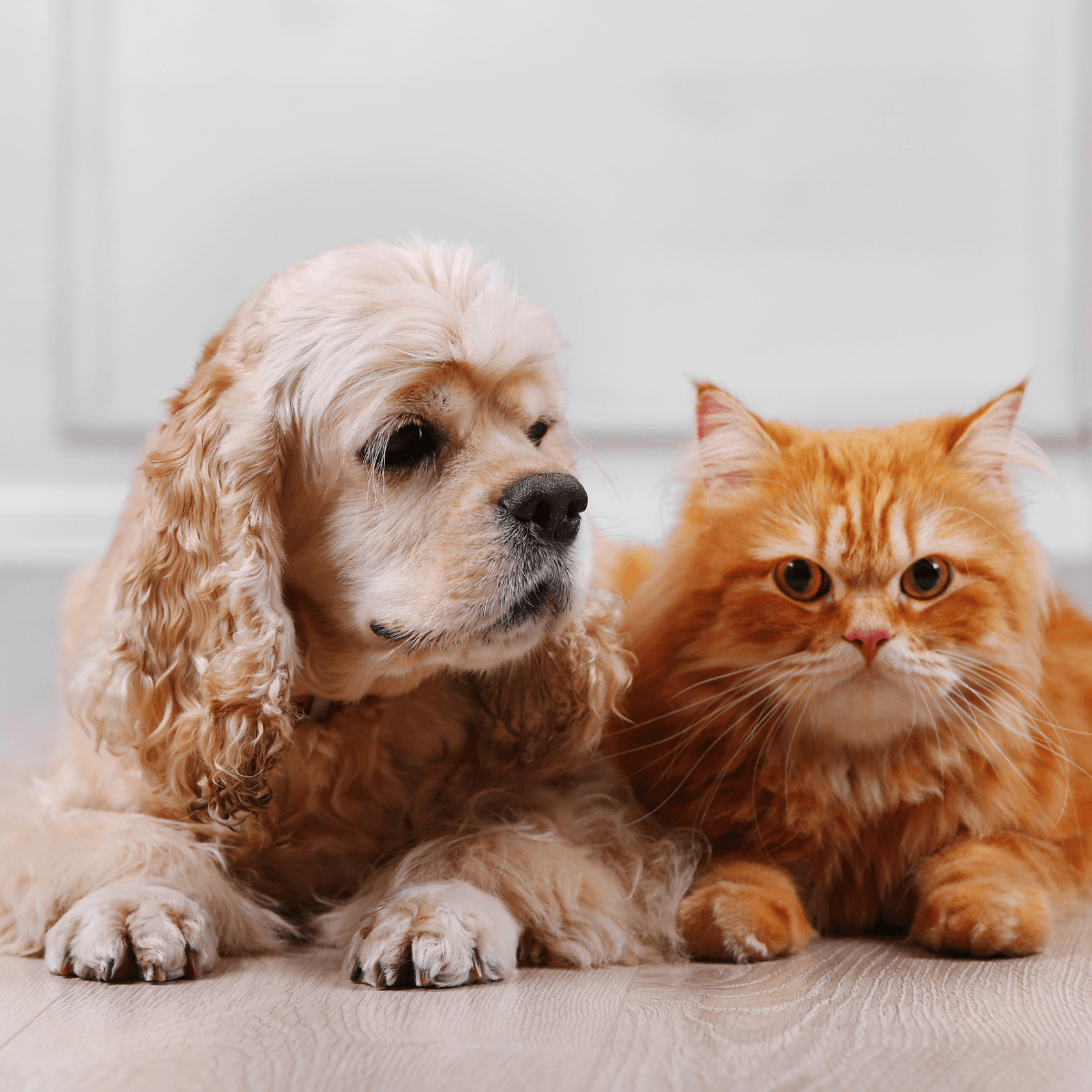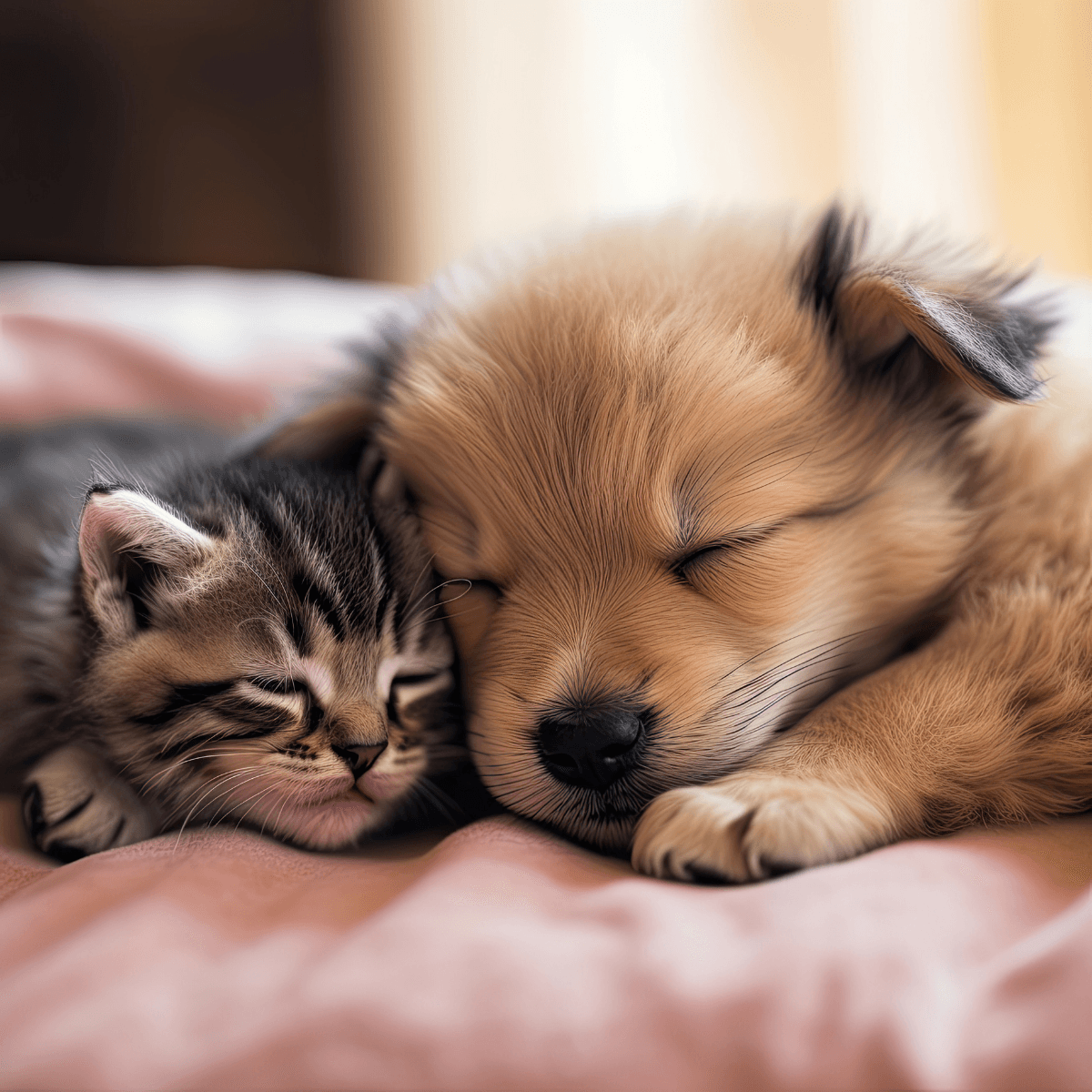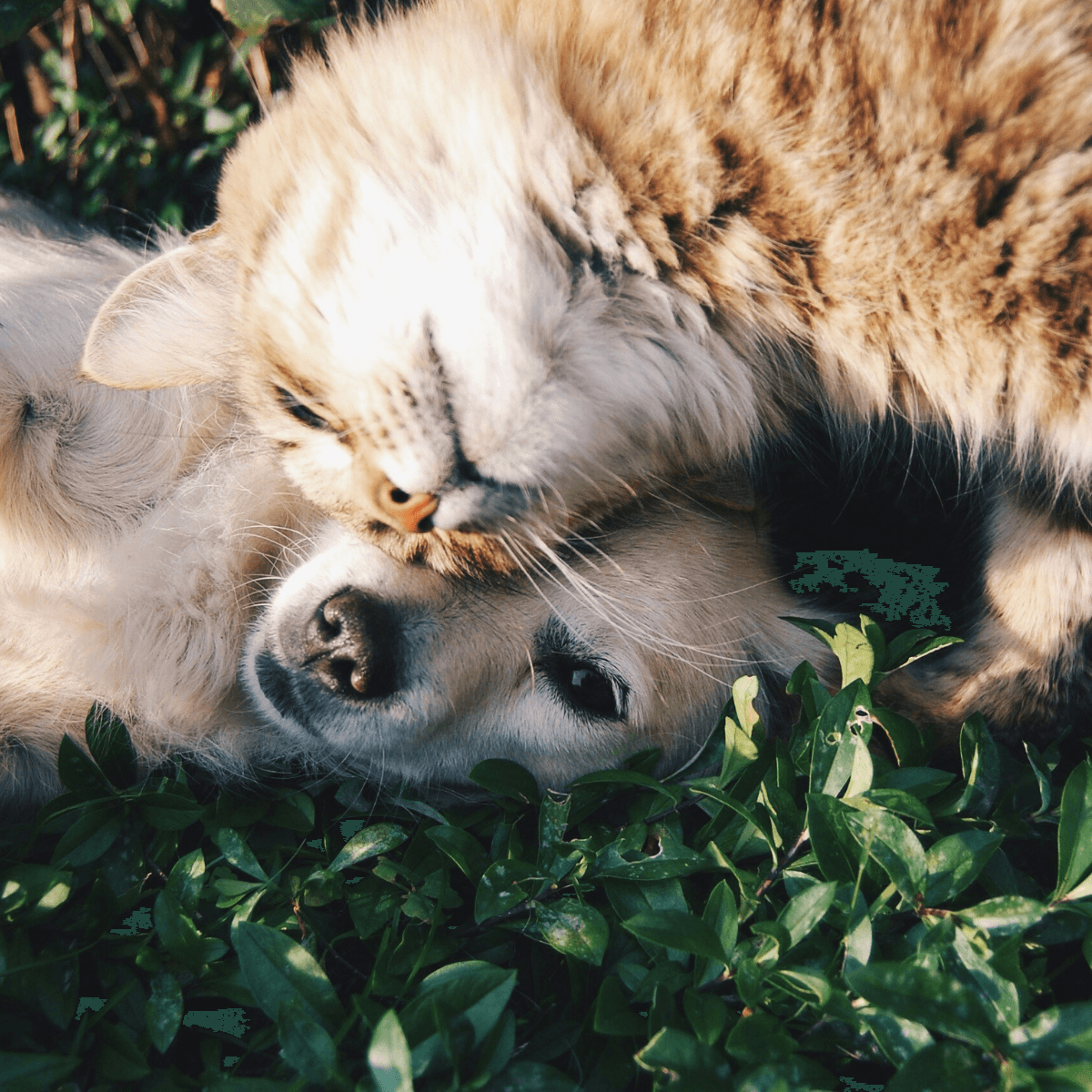
Understanding Dog and Cat Behavior: Expert Tips for Pet Owners
Understanding Dog and Cat Behavior: Expert Tips for Pet Owners in 2025
Understanding the behavior of your dog or cat is essential to creating a happy, healthy home. Whether you're a first-time pet owner or have years of experience, addressing behavioral issues early with the right training methods can significantly improve your pet's quality of life. Here’s how to better understand and manage dog and cat behavior, with expert tips for both species.
1. How to Understand Dog Behavior: Training and Care Tips
Understanding dog behavior is crucial for fostering a well-behaved pet. Dogs communicate through their body language, actions, and energy levels. By recognizing key behavioral signs, you can prevent unwanted behaviors and encourage positive interactions.
Common Behavioral Issues in Dogs:
-
Aggression: This can be a result of fear, anxiety, or territorial instincts. Training and early socialization are key to managing aggressive behavior.
-
Separation Anxiety: Dogs with separation anxiety often become destructive when left alone. Using engaging toys from our collection can help alleviate anxiety by keeping them entertained.
-
Excessive Barking and Destructive Chewing: These behaviors usually indicate boredom or lack of exercise. Regular play and mental stimulation, including interactive toys from our Dog Toy Collection, can redirect these behaviors.
Recommended Products: For separation anxiety or boredom, explore our Dog Toys Collection to keep your dog engaged while you're away.
2. Effective Training Methods for Dogs: Addressing Behavioral Problems
Training your dog effectively involves using positive reinforcement techniques. Rewarding good behavior with treats, praise, and toys encourages your dog to repeat those actions.
Key Dog Training Tips:
-
Leash Training: Essential for your dog's safety and control. Leash training can reduce pulling and make walks more enjoyable for both of you. Check out our Leash and Harness Collection for high-quality gear.
-
Housebreaking and Potty Training: Consistency is crucial when teaching your dog where to relieve themselves. Positive reinforcement, like using treats, will help your dog understand the process.
Recommended Products: For leash training, explore our Leash and Harness Collection, and for potty training needs, consider using Dog Food from our Collection.
3. How to Manage Cat Behavior: Common Issues and Solutions
Cats are more independent than dogs, but they still face behavioral challenges. Understanding cat behavior requires patience and attention to their unique needs.
Common Behavioral Issues in Cats:
Cats, though more independent, also face behavioral challenges. Understanding cat behavior requires patience and insight into their needs. Here are some common issues that cat owners may face:
-
Scratching: Cats naturally scratch to mark their territory. Encourage the use of a scratching post instead of your furniture. Our Easy Care Grooming Tools Collection can include helpful products for managing grooming and behavior.
-
Litter Box Problems: If your cat avoids the litter box, ensure it is clean, quiet, and accessible. Cats can be picky about their litter box conditions.
-
Aggression: Cats may become aggressive if they feel threatened or territorial. Slow introductions to new pets can help reduce this behavior.
For the best nutrition to support your cat's overall health and behavior, check out our Cat Food Collection.
4. Creating a Positive Environment for Your Pets: Dogs and Cats
A positive environment contributes greatly to your pet's overall well-being. Both dogs and cats thrive when they have a safe and engaging space.
Tips for Creating a Positive Environment:
-
Interactive Toys: Dogs and cats both benefit from toys that stimulate their minds. Treat-dispensing toys, puzzle games, and chew toys are perfect for keeping your pet engaged.
-
Comfortable Resting Areas: Ensure that your dog has a comfortable crate, and your cat has a safe resting spot where they can relax.
-
Regular Exercise and Playtime: Dogs need daily walks, while cats benefit from interactive play sessions to burn off energy.
Recommended Products: For a comfortable space, look into our Pet Comfort and Sleep Collection. For toys, our Dog Toy Collection and Cat Toys Collection offer a range of options for your pet's enjoyment.
5. Positive Reinforcement for Better Pet Behavior: The Key to Success
The most effective way to improve your dog or cat’s behavior is through positive reinforcement. Whether you're teaching basic commands or addressing specific issues, rewarding good behavior with treats or toys encourages pets to repeat those actions.
Key Positive Reinforcement Tips:
-
Training with Treats for Dogs: Reward your dog with healthy treats for good behavior. Consistency and positive rewards are essential for training success.
-
Clicker Training for Cats: Cats respond well to clicker training, which can be paired with treats to reinforce desirable behaviors like litter box use or scratching post habits.
Recommended Products: For effective training, our Dog Food Collection offers a variety of treats, and our Dog Toy Collection provides interactive toys to keep your dog engaged during training.
6. Addressing Behavioral Problems Early: Why It’s Crucial
The sooner you address behavioral problems in your pets, the easier they are to correct. Early intervention for issues like aggression or separation anxiety can prevent them from becoming ingrained habits.
Tips for Early Intervention:
-
Seek Professional Help if Needed: If you're struggling with behavioral issues, consider consulting a professional dog trainer or cat behaviorist to guide you through the process. Consistency is key, and a professional can help ensure you're on the right path to improving your pet’s behavior.
-
Consistency is Key: The more consistent you are in your training and behavior correction, the more likely your pet is to respond positively.
Recommended Products:
For professional-grade solutions and behavior management, check out our Dog Training Tools Collection and Cat Behavior Tools to help with positive behavior development.
Conclusion: Understanding and Managing Dog and Cat Behavior
By recognizing signs of behavioral issues and using effective training techniques, you can create a happier and healthier environment for your pets. Positive reinforcement, early intervention, and providing a balanced, comfortable living space are the key to managing dog and cat behavior successfully. With the right tools, your pets will be well-adjusted, well-behaved companions.
Take Action: Discover the best toys, training tools, grooming tools, dog food and cat food for your pets today!



